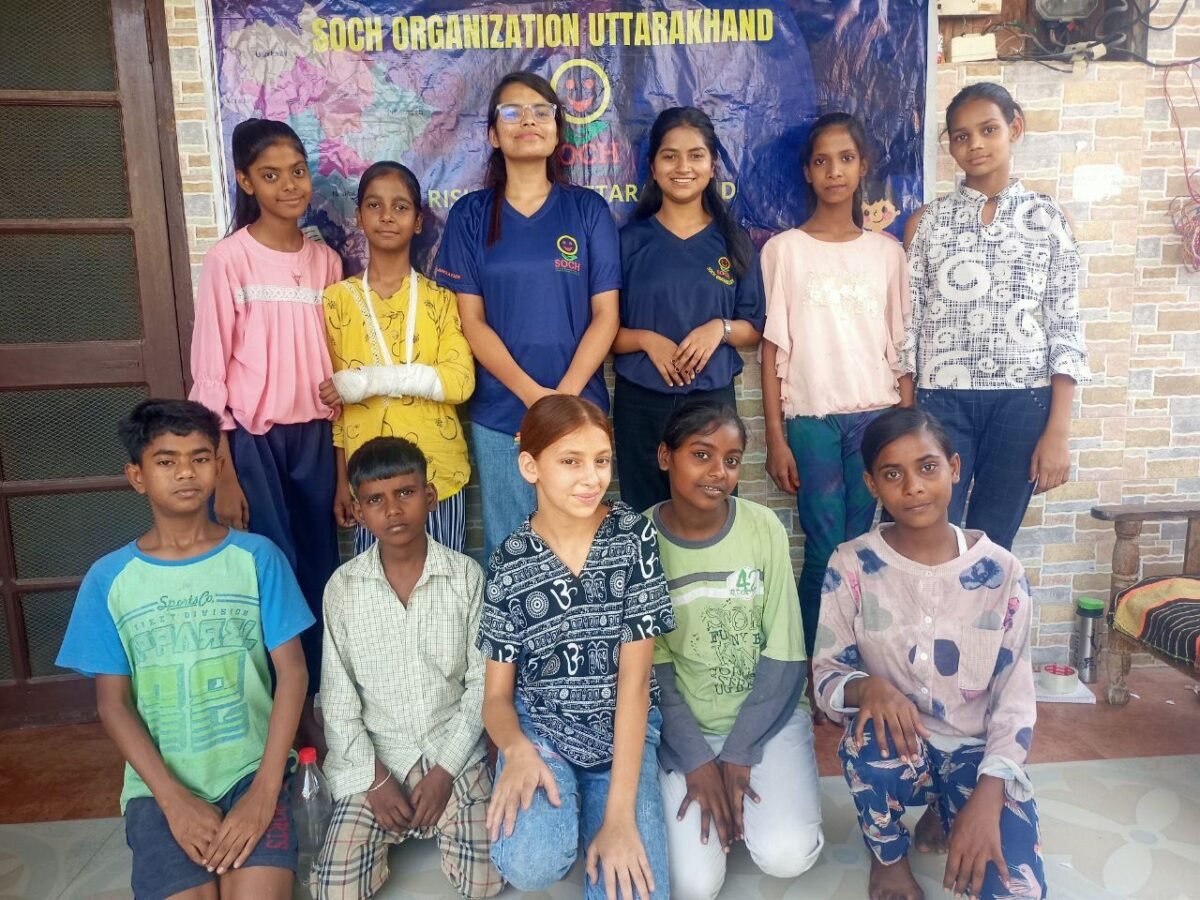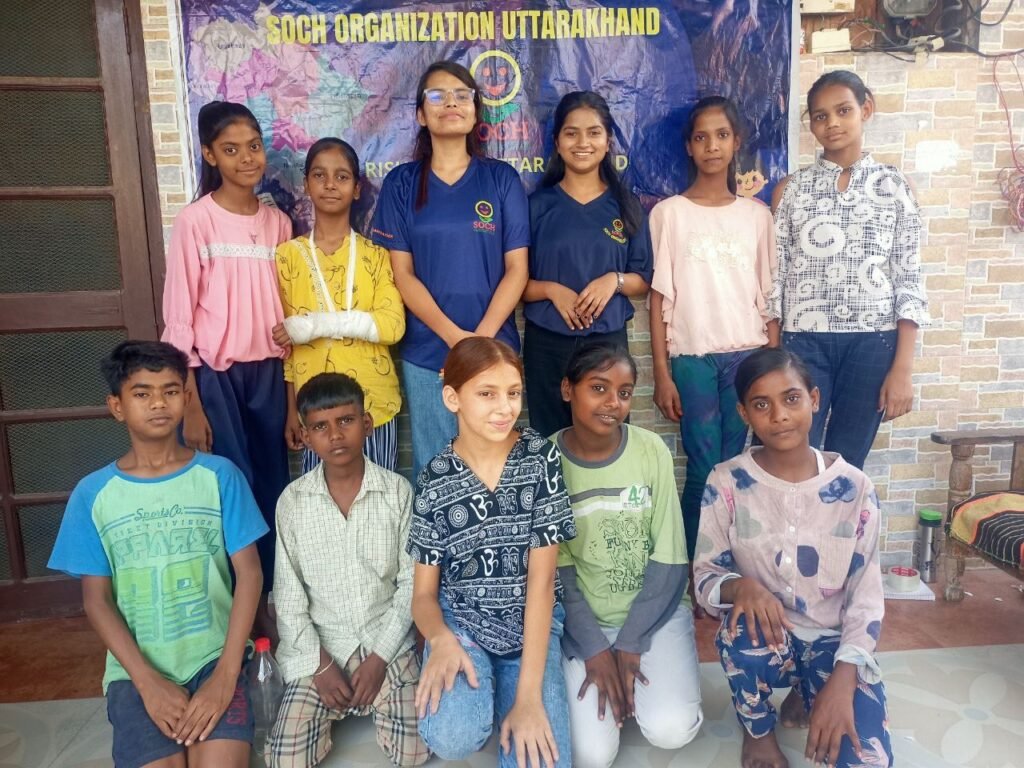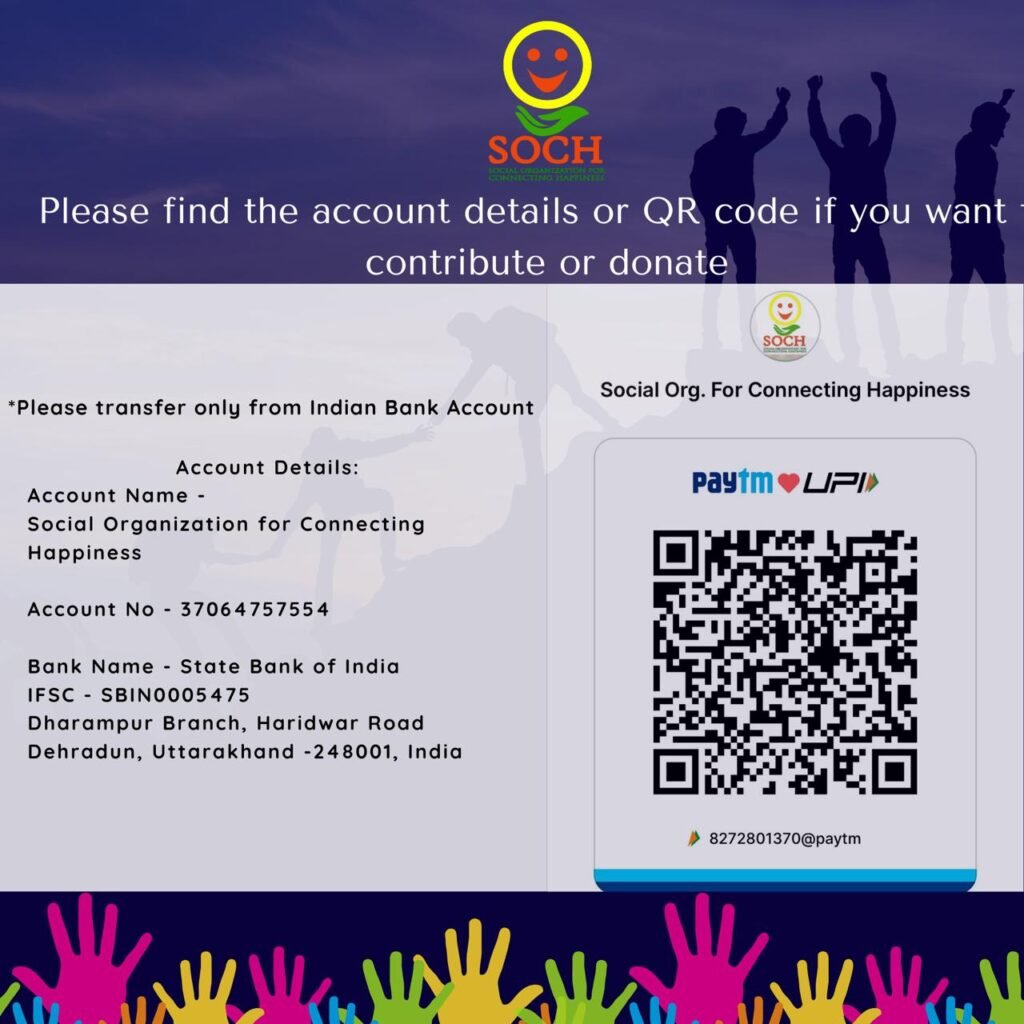“Explore India’s pivotal role in AI governance, addressing data bias, and fostering equitable advancements. Learn how businesses can balance innovation with responsibility to drive ethical AI leadership.”
In recent years, the world has rapidly embraced AI, transforming industries and reshaping everyday experiences. As one of the fastest-growing economies, India is emerging as a global leader in technology and AI adoption. The country’s AI market is projected to reach $17 billion by 2027, with an impressive annual growth rate of 25-30%. While many organizations view AI as a reliable driver of growth at both individual and organizational levels, others struggle with the challenges it poses, particularly data bias. A recent report suggested that 69% of the Indian companies are concerned about data bias while 55% trusting AI/ML and trying to increase their reliability on the AI market.

Data bias is a significant challenge in any system, but in AI, it demands even greater attention and action. When data used in AI systems is biased, it results in outputs that are skewed, discriminatory, or misinterpreted—particularly in critical domains such as finance, healthcare, and recruitment. The impact of AI bias extends beyond technical issues, influencing societal concerns like gender inequality. In response to this challenge, India has partnered with NITI Aayog to address these biases and promote the development of responsible AI. However, the real test lies in how effectively organizations implement these guidelines to ensure fair and ethical AI practices.
Responsible AI practises
The responsibility for addressing AI bias largely rests with companies rather than individual users. Organizations must take proactive steps, such as investing in ethical and robust frameworks, and training data scientists to understand ethical considerations and mitigate risks associated with AI. Collaboration with stakeholders—including academia and industry peers—is crucial to staying informed about best practices and advancements in the field.India’s NITI Aayog has outlined guidelines for responsible AI, emphasizing integrity, security, inclusivity, and alignment with international standards like the European GDPR (General Data Protection Regulation). Beyond adhering to these guidelines, companies must recognize the unique dynamics of the Indian market, balancing local and international standards to create equitable and trustworthy AI systems that not only meet requirements but also foster customer confidence.
Learning from other International Regulations
Addressing data bias transparently and committing to responsible AI practices are crucial for building public trust and confidence in technology. By 2026, Gartner predicts that 50% of global governments will mandate the implementation of responsible AI practices, reflecting the growing recognition of AI’s transformative impact and the need for ethical oversight.In India, the regulatory landscape is evolving rapidly, with significant measures like the Digital Personal Data Protection Act (DPDP). This act underscores critical principles such as consent, accountability, and transparency in managing personal data. It aims to balance the protection of individual rights with the lawful processing needs of organizations, ensuring ethical and equitable data practices.

As these frameworks take shape, Indian organizations must not only comply with emerging regulations but also take proactive steps to integrate these values into their AI systems. This involves adopting robust mechanisms for consent management, establishing accountability measures, and maintaining transparency throughout the data lifecycle. By aligning with both domestic regulations and global standards, India can lead in fostering responsible AI development, paving the way for innovation that is both ethical and inclusive.
India’s role in shaping AI governance is pivotal, reflecting its proactive stance in past international negotiations. Much like its leadership in climate change discussions, India has the opportunity to champion equitable AI governance by advocating for inclusion and representation from the Global South. However, as the country experiences rapid AI-driven growth, it becomes imperative to address the pressing issue of data bias to ensure advancements are fair, inclusive, and beneficial for all.
To tackle these challenges, businesses must prioritize reliability checks to identify and mitigate AI data biases. They should also evaluate their AI practices to align with ethical standards and global best practices. By adopting a collaborative approach that balances innovation with responsibility, India can position itself as a global leader in AI governance, setting an example of how technology can drive progress while upholding ethical and inclusive values.












